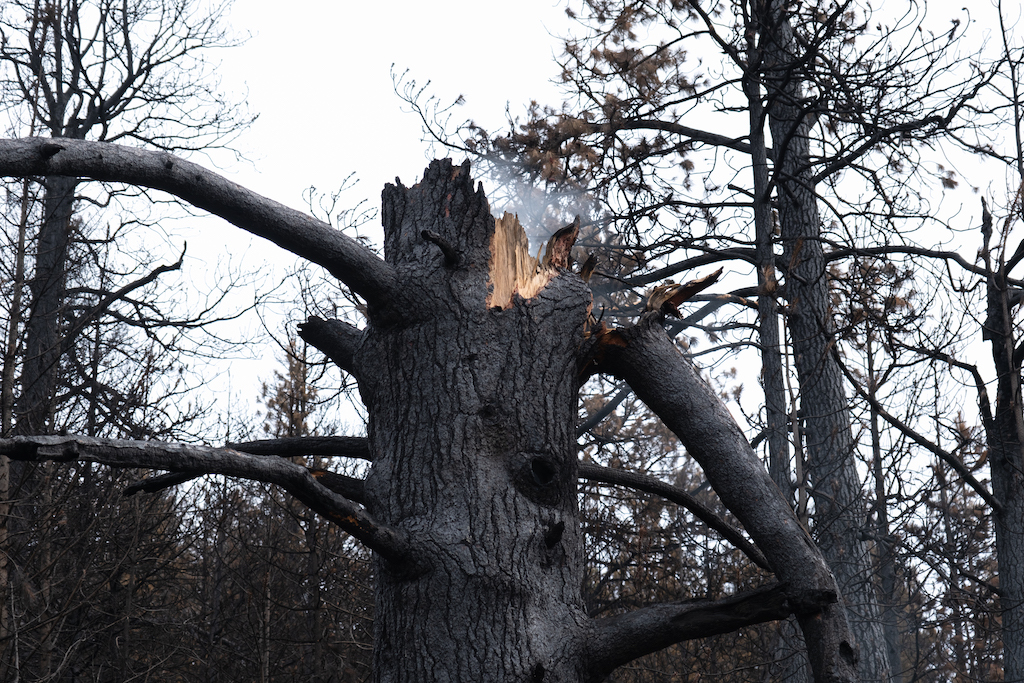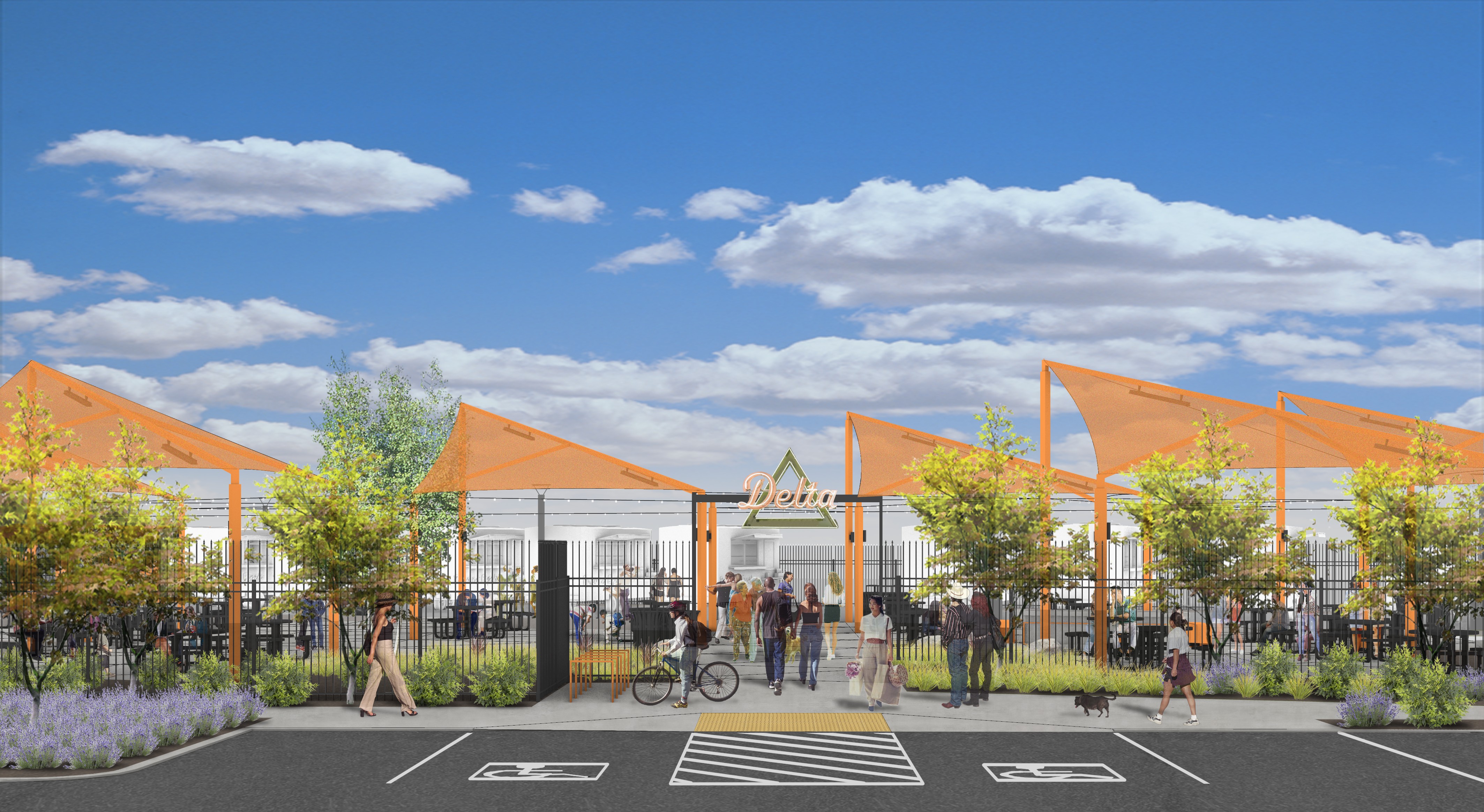Opinion: A half bet at the Keno Dam
Published 6:29 am Friday, June 20, 2025

- The Keno dam in Klamath, Oregon. (Photo courtesy of the U.S. Geological Survey)
Last August, Northwest salmon caught a break when four dams on the Klamath River, which flows from mountain country in southwest Oregon through northern California to the Pacific Ocean, were demolished. But it was a limited break.

Randy Stapilus has researched and written about Northwest politics and issues since 1976 for a long list of newspapers and other publications. A former newspaper reporter and editor, and more recently an author and book publisher, he lives in Carlton.
The goal of that $500 million project, possibly the largest of its kind in American history, remains unreached, and serious effort still is needed to fulfill it. A fully free-flowing Klamath River may be beyond us for a while, but certain half-measures could help.
Hanging over it is the shadow of the decision this month by the Trump administration to abandon a regional agreement involving breach of the four lower Snake River dams in Washington state, also partly for fish run purposes.
In centuries past, salmon spawned in the upper reaches of the Klamath headwaters, then swam to the Pacific and back to reproduce. Starting at the dawn of the 20th century, people built dams along the river, blocking them.
A massive 2002 fish die-off on the Klamath helped spur an “Un-dam the Klamath” movement of environmental groups, tribes and others, and it succeeded in this decade. Most of the dams had been used for hydropower by Pacificorp and its predecessors but were deemed no longer economical. The two remaining Klamath dams have been signed over to the Bureau of Reclamation.
The removal of the lower four dams — Copco 1 and Copco 2, Iron Gate and John C. Boyle — gave the fish many more miles to easily swim upstream toward their old spawning grounds. While some researchers had been unsure how quickly the fish would return to those waters, in fact many did, quickly.
But some news stories at the time proclaiming the return of a free run of the Klamath River spoke too optimistically. In Oregon, much of the upper river is blocked by the last two dams, the Keno, west of Klamath Falls and near the same-named unincorporated community, and the Link River, which impounds and partly creates Upper Klamath Lake.
There’s serious interest in blasting through a direct river route for the salmon back through these structures into the Klamath’s headwaters. But breaching of the upper two may be a long time coming.
The four Lower Snake dams were built to provide hydropower, as were the lower Klamath dams, but unlike the Klamath dams they have remained steadily in use for that purpose.
While PacifiCorp (or its corporate forebears) also built and long owned the Keno and Link River dams, neither has been a major hydropower producer (though Link River retains some low-level capacity).
They are used instead mainly for water control and irrigation. The Link River controls inflow to the massive Upper Klamath Lake, and the Keno, which replaced an old wooden dam in 1967, is required by contract to manage gravity diversions — mainly for irrigation — and flood control. If either dam simply disappeared, flooding would be a live possibility in many areas, and irrigation in the region might become chaotic at best. The current Keno Dam was built in response to large flooding in 1964 and 1965 which the earlier wooden dam didn’t correct.
Both dams now are under control of the U.S. Bureau of Reclamation; the Keno was transferred in 2022. The agency since then has been faced with deciding how to handle fish runs and water control.
Dam breaches would both be costly and make water control difficult. Approval by the Trump Administration, which just rejected breaching the Lower Snake dams, seems unlikely.
Another option may still be available for the nearer term: Fish ladders.
The ladders can work. The National Oceanic and Atmospheric Administration, for example, says, “The most common way for adult fish to get past a dam is to use a fish ladder, a water-filled structure that allows fish to pass up and over in a series of steps. Migrating salmon are attracted to the current at the base of an extended concrete stairway. The fish swim or jump from step to step.”
The Keno Dam has fish ladders now, but they have been widely found to be inadequate because of design and location, and the fish aren’t using them.
Building a better fish ladder could be far less costly than breaching the dam. The Seaside Institute estimated “a pool and weir fish ladder would cost about $6.3 million to construct and about $26,000 a year ($. 6 million over 60 years) to operate and maintain.”
Another option used in some federal dams is called “trap and haul,” described as “Migrating salmon are attracted to flow at the base of a fish ladder. They climb the ladder to a loading system where they wait in pools or tanks before transfer into specialized tankers or barges. These vehicles release the salmon into the river on the other side of the dam.”
One of these might pass muster with the Trump Administration. It has rejected breaching the four lower Snake River dams in Washington state, but building a relatively inexpensive fish ladder, if presented as an alternative, might be saleable.
The goal of a free-run Klamath remains hard, but the home search of the salmon could be in reach.





